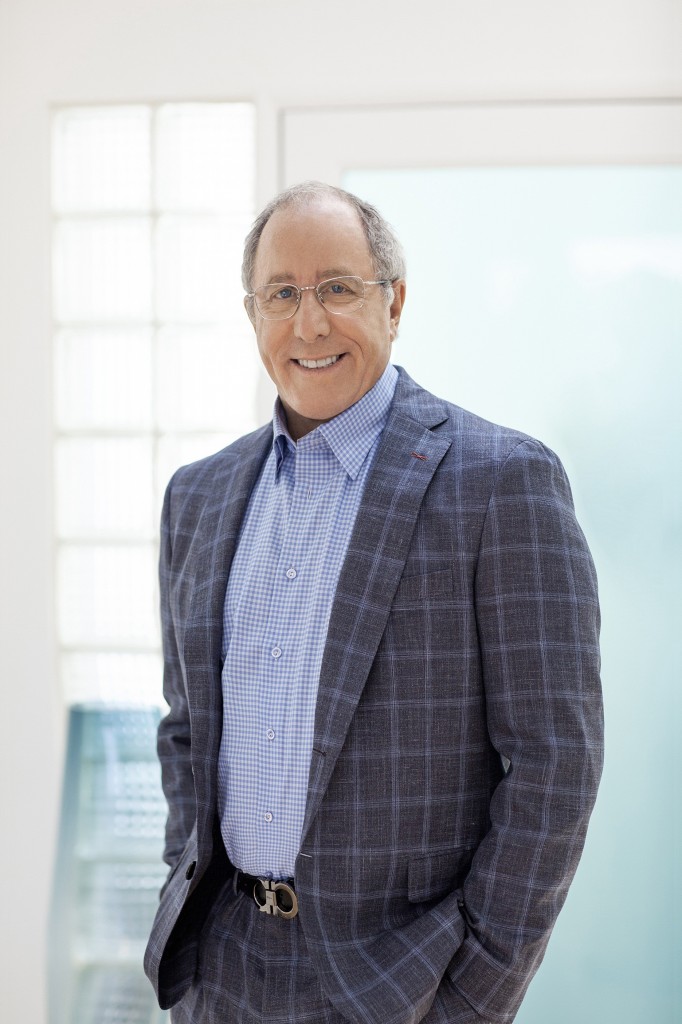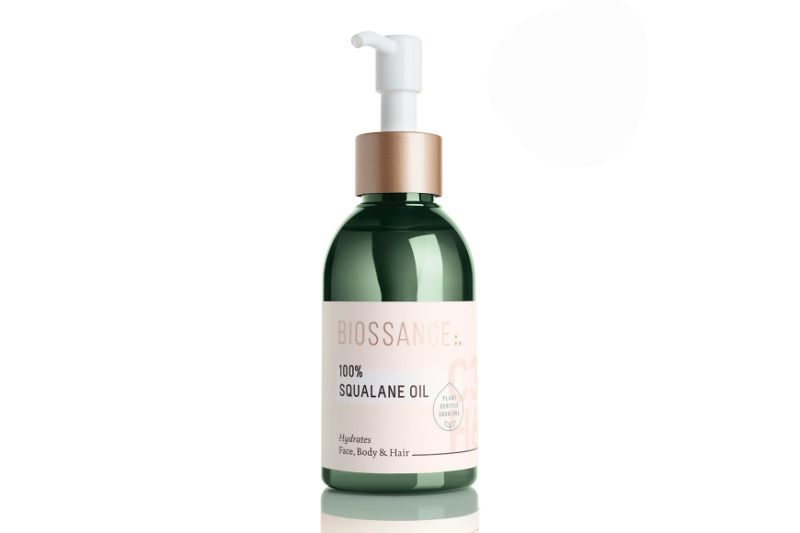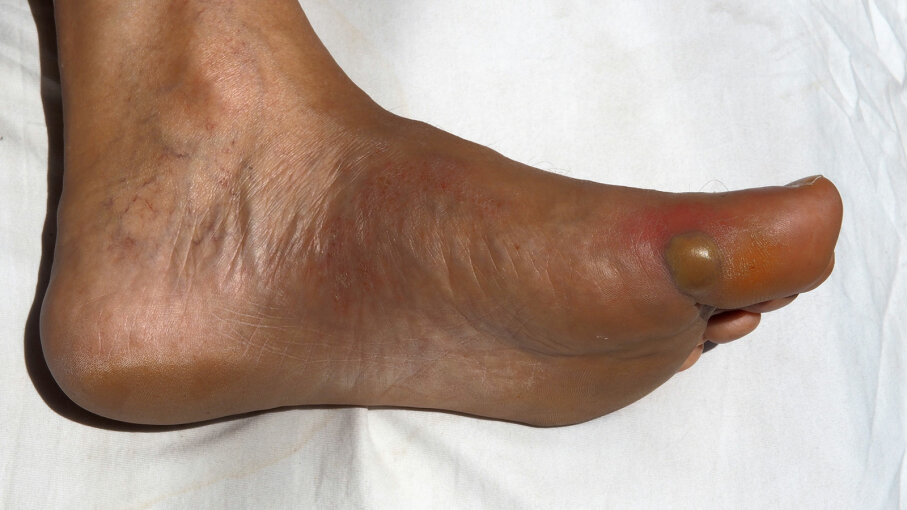
I think insurance companies need to make a concerted effort to focus on preventative medicine to attack, among others, dominant illnesses such as heart disease, cancer and Alzheimer’s. There needs to be broader recognition that many of these diseases must be treated earlier. For example, cognitive decline can begin in one’s 30s. The institutional response — the medical community, insurance companies and government agencies — seem to be perpetually late to the party. An example with which I am quite familiar is treatment of testosterone deficiency. It’s typically treated with pills without properly exploring the root cause, hormones.
Dr. Donovitz is a board-certified obstetrician-gynecologist whose hallmark passion for wellness is exemplified by his leadership of BioTE Medical LLC, a company he founded and is changing health care through bioidentical hormone replacement therapy.
Dr. Donovitz has built a 30-year career compassionately caring for his patients as a clinician, a leading innovator, and an international teacher of bioidentical hormone replacement therapy, a field in which he is a pioneer.
Continue reading →

Dr. Rady Rahban is changing the face of plastic surgery for the better. He accepted The Beauty Enhancement Award, an honoree career achievement at the 2020 Hollywood Beauty Awards, presented by K-EARTH 101’s radio host Lisa Stanley.
Also in attendance: Selena Gomez, Ice Cube, Normani, Anthony Anderson, Leslie Mann, Larry King (honoree), Morgan Fairchild (honoree), Simone Missick, Tichina Arnold and more.
On stage, Dr. Rahban spoke about the unfortunate toll that social media has taken on the craft of plastic surgery. A spear-heading voice in medicine, he aims to eradicate the stigma, proving its life-changing effects for the confidence of men and women worldwide.
Continue reading →

Although natural plant-based active ingredients (think essential oils, botanical extracts, etc.) are currently used in many skincare products, Peterson Pierre, M.D., says that these plants take up a lot of valuable farmland, water, and energy to produce. Biotechnology successfully addresses this problem, he adds, saying that lab-produced skincare ingredients usually don’t have the carbon footprint associated with their plant-derived ingredients.
Unlike natural resources, which are often more expensive and subjective to variabilities such as seasonal changes (crop rate and global market pricing index), Dr. Hu says biotech ingredients are produced at a lower cost. Similarly, she adds that biotechnology’s genetic process can harvest an ingredient at a higher rate and higher consistency when compared to the traditional extraction process, reducing biotech skincare ingredients’ carbon footprint as a whole.
Finally, biotech skincare ingredients also have the advantage of being free of unwanted irritants and pesticides, as a 2011 study points out that many field-grown plants can be contaminated with pesticides and heavy metals. This makes tech-powered ingredients a potentially safer alternative for those looking for cleaner cosmetic products.
Continue reading →

I began my career as an OB/GYN and along the way, delivering 7,500 babies and performing numerous surgeries, I developed a passion for women’s health issues. In the mid-1990s, hormone therapy began to capture more public attention and I incorporated this into my practice, based in Texas. I was one of the first proponents to use hormone therapy as part of my practice. My company’s growing prominence attracted national attention and then globally as I lectured around the world. This fueled my passion for creating significant change in healthcare, as it does to this day.
I became intrigued by robotic surgery and in 2005, not only was I one of the first early adopters, I became a trainer for application of the Intuitive da Vinci robotic surgery systems. At the same time, I immersed myself in the application of bioidentical hormones, assessing the distinction of insertions versus other methods.
Despite a lot of skepticism in the early days about hormone replacement therapy, I was convinced this was a means to genuinely help people and treat a multitude of ailments, both physical and mental. It became crystal clear as I treated so many patients that bioidentical hormones were more life changing and a significantly better path than the synthetic alternatives — and that insertion in pellet form was more effective. Although pellets as a form of hormone therapy had been around the 1940s, mostly in Europe and Australia, they were not widely adopted here in the U.S. until the mid-2000s. The reason for the delay can be blamed in large part by Big Pharma, which was promoting — and still is — a one-size-fits-all product.
Continue reading →

You’ve probably heard a great deal about the health risks associated with formaldehyde, since it’s a well-known carcinogen. Peterson Pierre, M.D., explains that formaldehyde can be found in many cosmetic products, and that formaldehyde-containing products can also cause irritation and redness to the skin.
The Environmental Working Group’s Skin Deep Cosmetics Database, which gives ingredients a toxicology score depending on how hazardous they find it to be, gave formaldehyde a score of 8-10 out of 10.
While it’s true that many beauty brands may not be forthcoming about including formaldehyde as a product ingredient, Dr. Pierre adds that you’ll also want to be on the lookout for formaldehyde-releasing ingredients–quaternium-15, DMDM-hydantoin, imidazolidinyl urea, and Diazolidinyl urea.
Continue reading →

Another way to make your home a more wellness-centered space is by eliminating sources of blue light during the evening hours. According to Ben Spielberg, who is a neuroscientist and CEO of TMS & Brain Health, this is because it inhibits the production of melatonin. “Melatonin is a hormone secreted by the pineal gland, and is responsible for telling the body when to go to sleep”, he says. “Blue light can mimic the wavelengths of natural light, which interferes with the body’s melatonin release and ultimately can lead to insomnia and irregular sleep patterns. By avoiding and/or suppressing blue light, the pineal gland is able to secrete healthy amounts of melatonin undeterred, leading to a healthy full night’s rest.”
There are countless sources of blue light we all have in our homes including screens, light bulbs, and small appliances. While you can’t eliminate all exposure, there are ways to reduce it. Get rid of LED and florescent bulbs and swap them out for red bulbs. If red bulbs aren’t aesthetically appealing, an amber light such as the Hoogalite Bulb is a better option.
Continue reading →

Cleansing, without a doubt, is an integral part of maintaining good hygiene. A 2011 study published in the Indian Journal Of Dermatology suggests that cleansing products have been used for centuries to treat a variety of dermatological disorders, such as acne, rosacea and atopic dermatitis.
And since there are many factors that can influence your skin health (including stress, weather and hormones), board-certified dermatologist Peterson Pierre does see some positives associated with the situational cleansing method, especially since it can help address skin concerns at a particular time.
“Situational cleansing refers to switching cleansers based on different life circumstances,” Pierre told HuffPost. “This can be very beneficial because there are times when your skin will be dry (or oily, red and irritated), so this gives you the flexibility to properly address your skin’s needs at the appropriate time.”
Continue reading →

So how do you do it? Follow these simple steps provided by Dr. Peterson Pierre of the Pierre Skin Care Institute in Thousand Oaks, California, to achieve the safest outcome possible:
- Wash the affected area with soap and water.
- Using a sterile needle, safety pin or pair of medical scissors, gently poke the blister. Most of the fluid should leak out easily. If it doesn’t, it’s not ready to be popped.
- Apply soft pressure to ensure that all of the serum is released.
- Dress the area with a pressure bandage to prevent fluid from reaccumulating in the blister. This also protects the skin and helps the area heal.
- Although some doctors recommend applying antibiotic cream, Pierre says to steer clear. “In fact, products like Neosporin can irritate the area, he says via email. “Vaseline or Aquaphor with the bandage is sufficient to provide an environment conducive to rapid healing.”
Continue reading →

Dr. Rady Rahban is the 2020 Honoree of the Hollywood Beauty Award recognizing his numerous revision and corrective plastic surgeries with successful life-changing effects for men and women worldwide.

Dr. Rady Rahban, a Beverly Hills Board Certified Plastic Surgeon tells HL, “There is a three prong approaches to noninvasive procedures that enhance one’s red carpet appearance whether for celebrities or civilians.
“First Neuro Toxins (Botox and Dysport) that modulate wrinkles by relaxing the muscles underneath the skin. The best results are seen when a patient receives Botox every 4-6 months. Most popular areas to treat are the forehead, in between the brows, and the crow’s feet (around the eyes).
“Second, Hyaluronic Acid fillers for volume replacement (Restylane, Juvederm). Most common areas treated are the under eyes, lips, and cheeks. As we age, we lose fat in our face which has previously kept us “youthful” looking. Procedure should be done at least 2 weeks prior to an event just in case of any swelling or bruising.
Continue reading →








